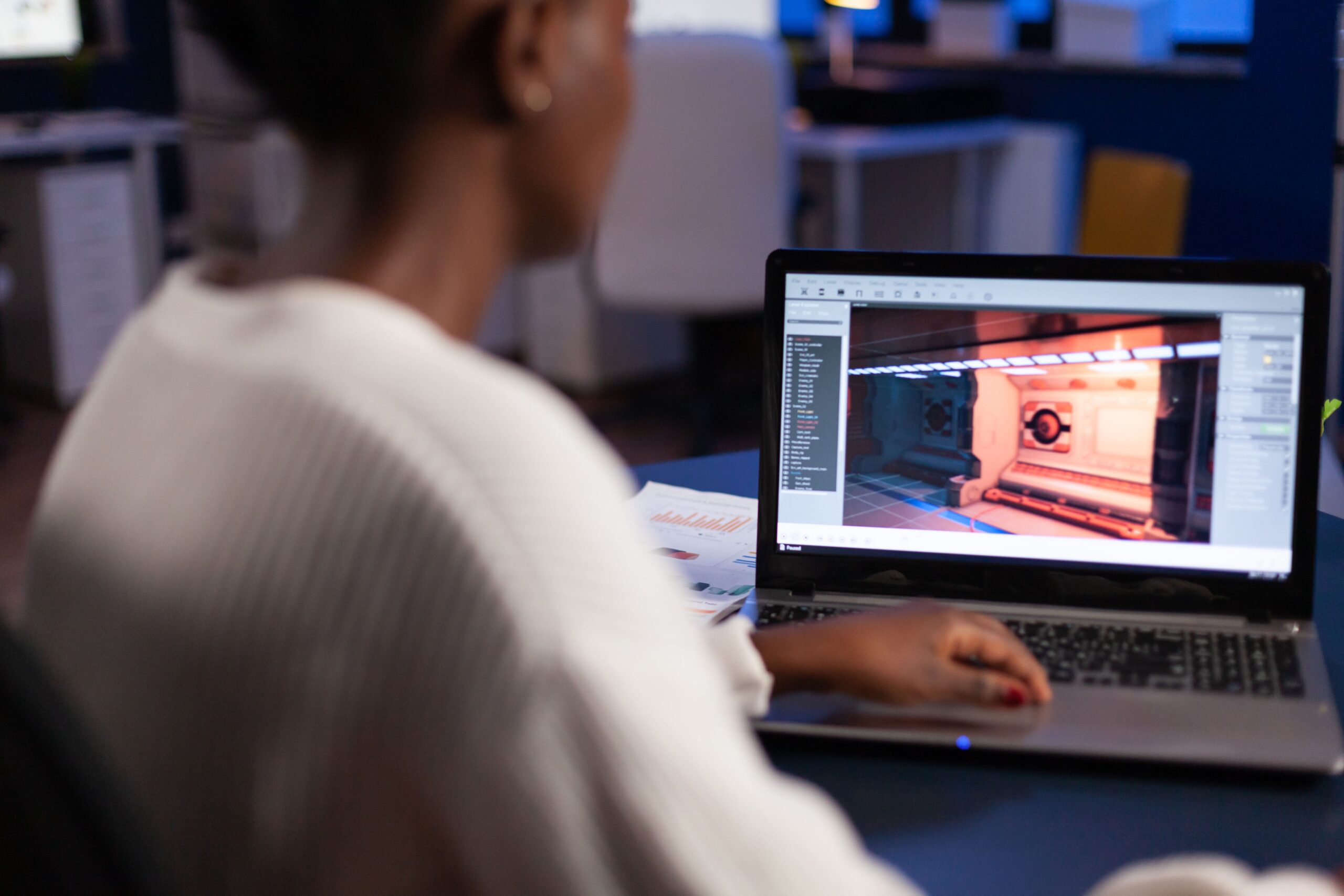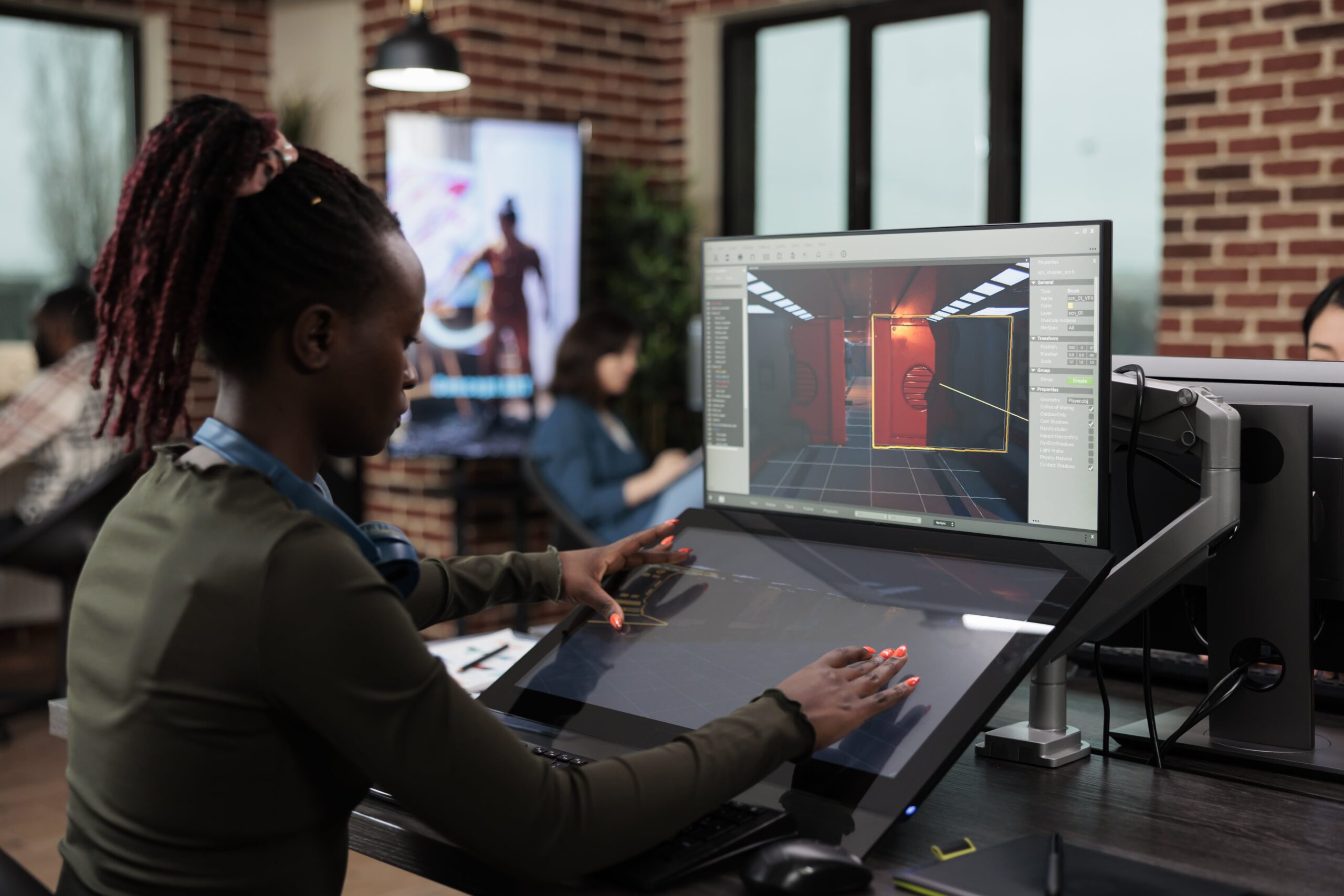Animation thrives on creativity, expression, and the ability to push reality beyond its limits. One of the most powerful techniques animators rely on to achieve this is exaggeration. By amplifying movements, emotions, and designs, exaggeration brings energy and personality to every frame. This article explores what exaggeration means in animation, why it matters, and how it’s used to create memorable and compelling animated moments.
Understanding Exaggeration in Animation
Before diving into examples, it’s important to understand what exaggeration accomplishes. Exaggeration involves intentionally pushing movements, expressions, or proportions further than real life allows to make actions clearer, emotions stronger, and scenes more engaging.
Examples of Exaggeration in Animation
Below are common ways exaggeration enhances storytelling and visual impact:
- Facial Expressions: Enlarged eyes, stretched smiles, or extreme eyebrow movements amplify emotions like joy, fear, or shock.
- Physical Movements: Over-the-top reactions, big gestures, and comedic falls add humor or drama to a scene.
- Character Design: Stylized proportions—like oversized heads or elongated limbs—help define personality and appeal.
- Emotional Impact: Stronger gestures or reactions intensify audience connection during key emotional moments.
- Visual Effects: Exaggerated colors, scale, or motions in fantasy settings create awe-inspiring environments.
Benefits of Exaggeration in Animation
Here’s why exaggeration is such an essential tool for animators:
- Enhanced expressiveness and clarity
- Stronger visual impact and viewer engagement
- Greater creative freedom for unique styles
- Strong emotional resonance with audiences
Incorporating Exaggeration in Your Animations
To start applying this principle intentionally, consider the following:
- Experiment with pushing expressions and movements beyond realism.
- Study animated works that use exaggeration effectively.
- Practice integrating stylized distortion into your character designs and scene animations.
Conclusion
Exaggeration is more than just making things bigger or louder—it’s a deliberate artistic choice that enhances storytelling, emotion, and visual power. By understanding how and when to exaggerate elements in a scene, animators can elevate their work and craft memorable, expressive, and captivating animation experiences.
Key Takeaways:
- Exaggeration amplifies movement, emotion, and design to make animated scenes clearer, more expressive, and more engaging.
- Pushing actions and expressions beyond realism helps highlight character emotions and improve storytelling impact.
- Stylized character proportions and bold visual effects add personality, appeal, and creative flair to animation.
- Exaggeration enhances viewer connection by intensifying emotional moments and strengthening visual clarity.
- Intentional use of exaggerated gestures, designs, and effects allows animators to explore unique styles and elevate scene dynamics.
- Studying effective examples and practicing purposeful distortion helps animators apply exaggeration skillfully in their own work.
To further enhance your animation skills and delve deeper into industry techniques, consider enrolling in the NYU Animation Industry Essentials online course and certificate program offered by Yellowbrick. This program provides valuable insights, industry knowledge, and hands-on experience to excel in the field of animation. Unlock new opportunities and refine your animation expertise with the NYU Animation Industry Essentials program.








